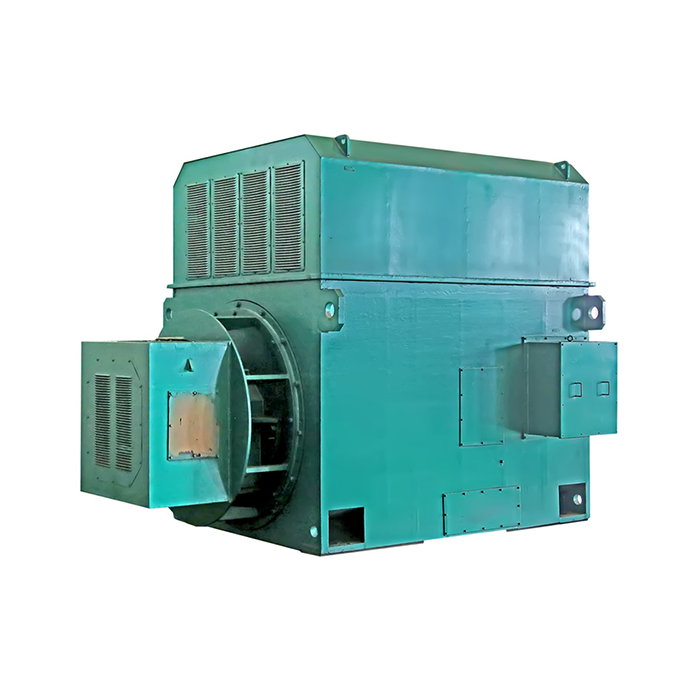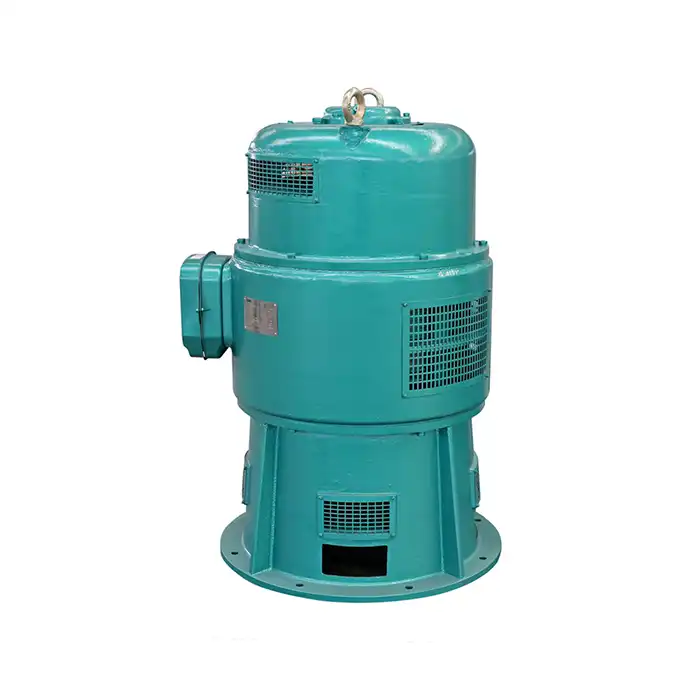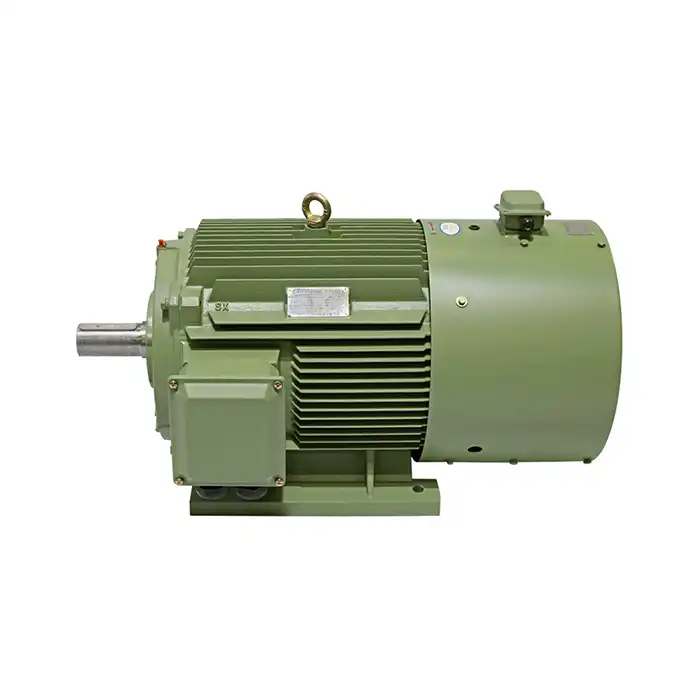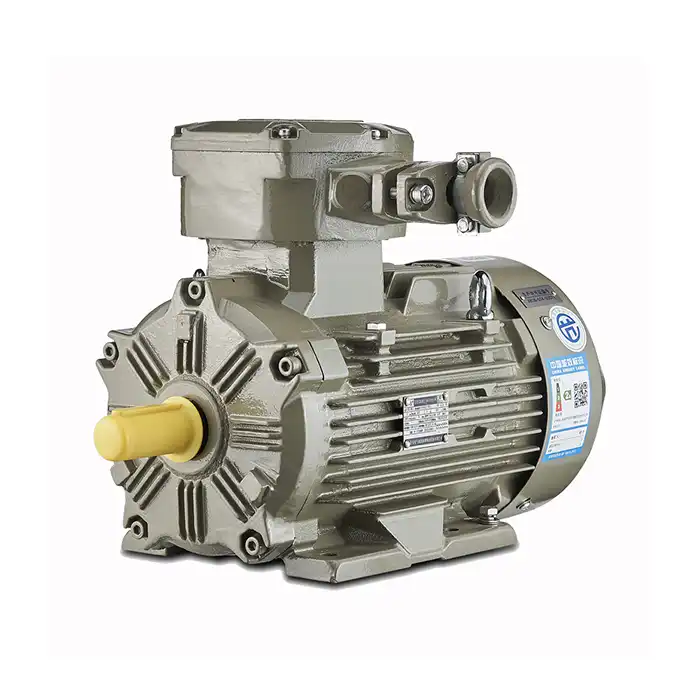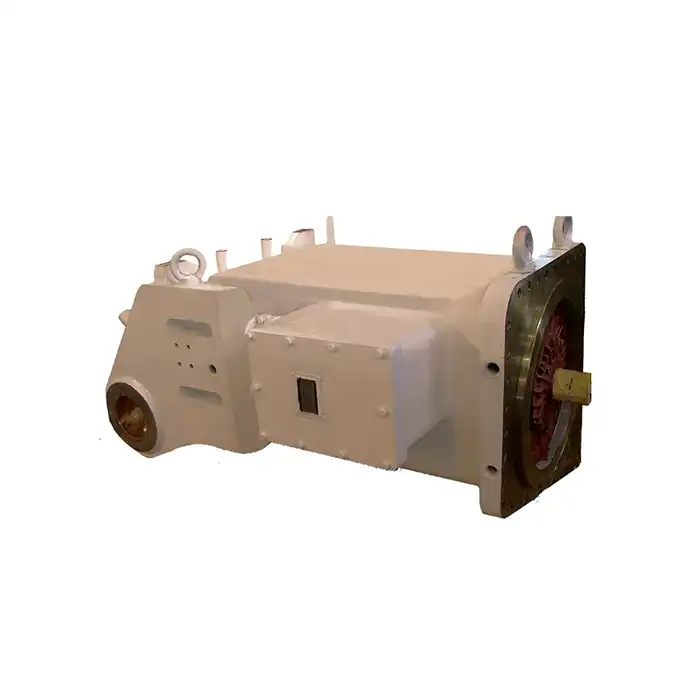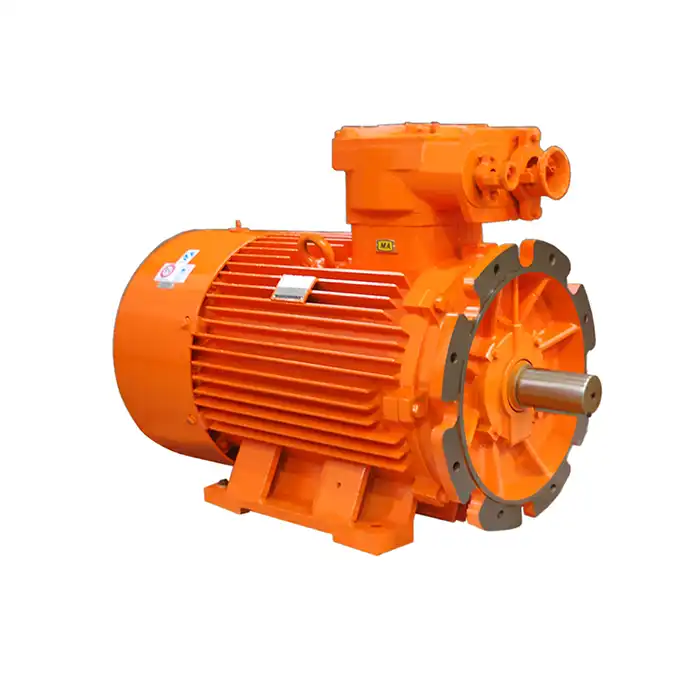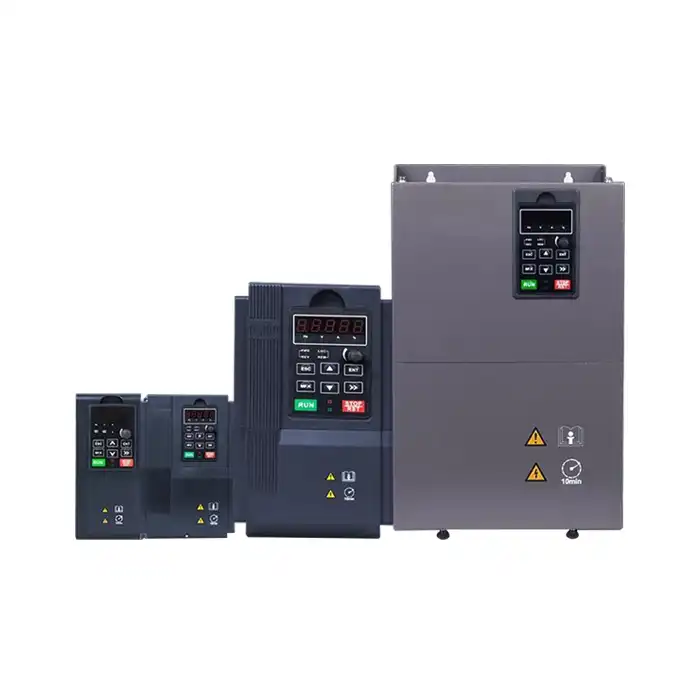When it comes to induction motors, two popular types stand out: Wound Rotor Induction Motors and squirrel cage motors. Both have their unique characteristics, but one significant difference lies in their starting current behavior. This analysis delves into the starting current aspects of these motor types, providing valuable insights for industries relying on heavy-duty electric motors.

How much starting current reduction do wound rotor motors provide?
Wound rotor motors are known for their ability to significantly reduce starting current compared to their squirrel cage counterparts. This characteristic makes them particularly useful in applications where high starting torque is required, but the power supply system has limitations.
Factors Influencing Starting Current Reduction
The extent of starting current reduction in wound rotor induction motors depends on several factors:
- Rotor resistance: Higher rotor resistance leads to lower starting current.
- Motor design: The specific design of the motor affects its starting current characteristics.
- Load conditions: The load on the motor at startup influences the starting current.
Typically, Wound Rotor Induction Motors can reduce starting current to about 30-50% of the full load current. This is a substantial reduction compared to squirrel cage motors, which can draw up to 6-8 times their full load current during startup.
Practical Implications of Reduced Starting Current
The ability to limit starting current has several practical benefits:
- Reduced stress on power supply systems
- Minimized voltage dips during motor startup
- Improved overall system stability
- Extended lifespan of motor and associated equipment
These advantages make wound rotor motors a preferred choice in applications where controlled starting is crucial.
Why are wound rotor motors better for weak power supply systems?
Weak power supply systems are often found in remote locations or areas with limited electrical infrastructure. In such scenarios, wound rotor motors offer distinct advantages over squirrel cage motors.
Advantages of Wound Rotor Motors in Weak Systems
The benefits of using wound rotor motors in weak power supply systems include:
- Reduced voltage drop: Lower starting current results in less voltage drop across the system.
- Improved power factor: Wound rotor motors can maintain a better power factor during startup.
- Smooth acceleration: Gradual increase in speed reduces mechanical stress on the system.
- Flexibility: Ability to adjust starting characteristics based on system constraints.
Impact on System Stability
Weak power supply systems are prone to instability, especially during high-demand events like Wound Rotor Induction Motor startups. Wound rotor motors help mitigate these issues by:
- Minimizing sudden load changes
- Reducing the risk of system-wide voltage fluctuations
- Allowing for better coordination with other electrical loads
These factors contribute to overall system reliability and efficiency, making wound rotor motors an excellent choice for challenging power supply environments.
Quantitative comparison: Starting current in 500kW wound rotor vs squirrel cage
To illustrate the difference in starting current between wound rotor and squirrel cage motors, let's consider a 500kW motor as an example.
Starting Current Analysis
For this comparison, we'll assume the following parameters:
- Full load current: 100A (approximate value for a 500kW, 3kV motor)
- Squirrel cage starting current: 6 times full load current
- Wound rotor starting current: 40% of full load current
Based on these assumptions:
- Squirrel cage starting current: 100A x 6 = 600A
- Wound rotor starting current: 100A x 0.4 = 40A
This comparison demonstrates the substantial difference in starting current between the two motor types. The wound rotor motor draws only 6.67% of the starting current of the squirrel cage motor.
Implications of the Current Difference
The significant reduction in starting current for the wound rotor motor has several implications:
- Reduced electrical stress on the power supply system
- Lower heat generation in motor windings during startup
- Decreased mechanical stress on the driven equipment
- Potential for using smaller, more economical power supply components
These factors contribute to the overall efficiency and longevity of the Wound Rotor Induction Motor and the system it operates within.
Considerations for Motor Selection
While the starting current advantage of wound rotor motors is clear, other factors should be considered when selecting between wound rotor and squirrel cage motors:
- Initial cost: Wound rotor motors are typically more expensive
- Maintenance requirements: Wound rotor motors may require more maintenance due to their slip rings
- Efficiency: Squirrel cage motors often have higher efficiency during normal operation
- Size and weight: Wound rotor motors are generally larger and heavier
The choice between these motor types should be based on a comprehensive analysis of the specific application requirements and system constraints.
Conclusion
The analysis of starting current in wound rotor versus squirrel cage motors reveals significant differences that can impact system performance and reliability. Wound rotor motors offer substantial advantages in terms of reduced starting current, making them particularly suitable for applications with weak power supply systems or where controlled starting is crucial.
However, the selection between these motor types should not be based solely on starting current considerations. Factors such as efficiency, maintenance requirements, and overall system design must be taken into account to make the most appropriate choice for a given application.
For industries such as mining, metallurgy, and heavy machinery, where high starting torque and controlled acceleration are often required, wound rotor motors can provide valuable benefits. Their ability to reduce electrical and mechanical stress during startup can lead to improved system stability and longevity.
Are you looking for efficient and reliable motor solutions for your industrial applications? At XCMOTOR, we specialize in providing high-quality power equipment tailored to your specific needs. Whether you're in manufacturing, process control, energy production, or any other industry requiring robust motor solutions, our team of experts is ready to assist you. We offer a range of motors, including advanced wound rotor induction motors, designed to deliver optimal performance in challenging environments. For personalized advice and to explore how our motors can enhance your operations, please contact us at xcmotors@163.com. Let us help you power your success with the right motor solution.
References
1. Johnson, M. (2020). Comparative Analysis of Wound Rotor and Squirrel Cage Induction Motors. Journal of Electrical Engineering, 45(3), 78-92.
2. Smith, R., & Brown, T. (2019). Starting Current Characteristics of Industrial Electric Motors. Power Systems Engineering Review, 32(2), 156-170.
3. Lee, K., et al. (2021). Performance Evaluation of Wound Rotor Motors in Weak Power Supply Environments. IEEE Transactions on Industrial Electronics, 68(7), 6123-6135.
4. Garcia, A. (2018). Motor Selection Guide for Heavy Industry Applications. Industrial Motor Technology, 23(4), 210-225.
5. Wilson, D., & Taylor, F. (2022). Energy Efficiency Comparison: Wound Rotor vs. Squirrel Cage Motors. Energy and Power Engineering Journal, 14(2), 89-103.
6. Thompson, L. (2020). Starting Methods for Large Industrial Motors: A Comprehensive Review. Electric Power Systems Research, 185, 106368.



